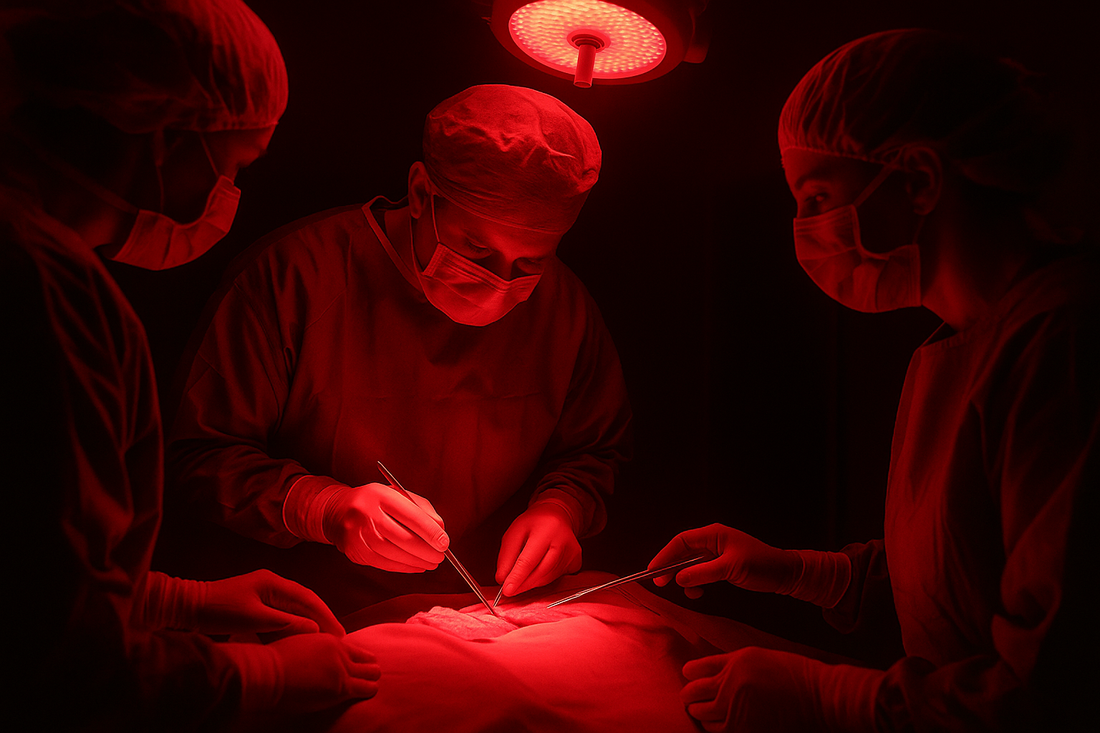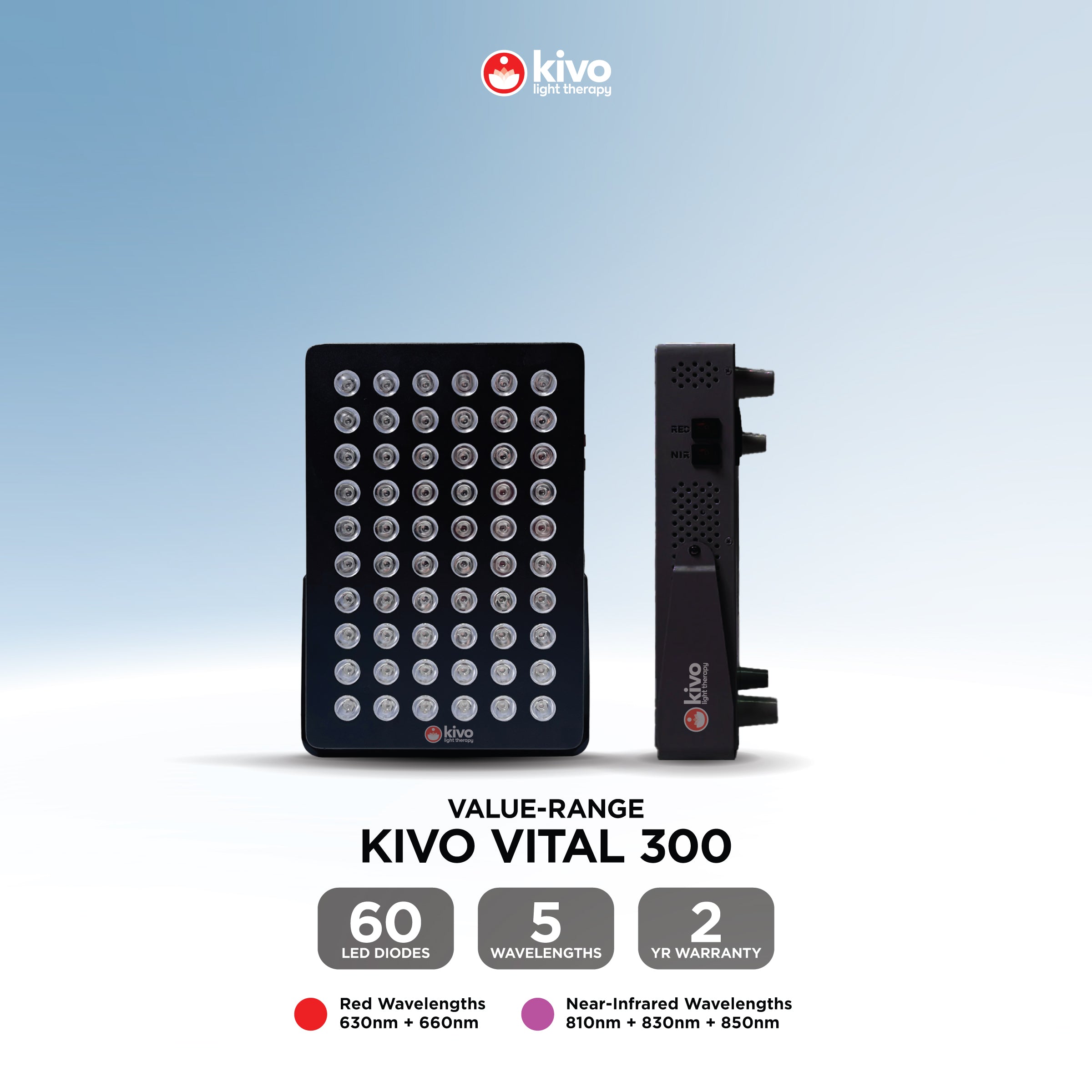Photobiomodulation (PBM) therapy, also known as low-level light therapy (LLLT), has emerged as a promising non-invasive therapeutic approach for various medical conditions. PBM utilizes specific wavelengths of light, including red light (RL) and near-infrared (NIR) light, to induce physiological changes in the body. This treatment has shown potential in areas ranging from wound healing and pain management to improving mental health.
Transcranial Photobiomodulation with Near-Infrared Light
Background
Transcranial photobiomodulation with near-infrared light (t-PBM with NIR) is an innovative and experimental treatment modality that aims to address mood and anxiety disorders, including generalized anxiety disorder (GAD). GAD is a prevalent mental health condition characterized by excessive and uncontrollable worry, often accompanied by physical symptoms such as restlessness, fatigue, and muscle tension. Traditional treatments for GAD include pharmacotherapy and psychotherapy, which can be effective but also have limitations, including side effects and varying efficacy among individuals. Therefore, alternative treatments are continually being sought.
The pilot study under discussion recruited fifteen subjects diagnosed with GAD for an open-label 8-week investigation. The participants self-administered t-PBM daily using an LED-cluster headband designed to deliver continuous wave near-infrared light at a peak wavelength of 830 nm. The treatment parameters included an average irradiance of 30 mW/cm², an average fluence of 36 J/cm², and a total energy delivery of 2.9 kJ per session over a total forehead area of 80 cm². The primary outcome measures were the reductions in scores on the Hamilton Anxiety Scale (SIGH-A), the Clinical Global Impressions-Severity (CGI-S) subscale, and the Pittsburgh Sleep Quality Index (PSQI).
Methods and Results
Out of the fifteen recruited subjects (mean age 30 ± 14 years, with 67% women), twelve (80%) completed the study. The results demonstrated a significant reduction in anxiety symptoms, as evidenced by the decrease in total SIGH-A scores from 17.27 ± 4.89 to 8.47 ± 4.87 (p < 0.001), with a Cohen's d effect size of 1.47. Similarly, there was a notable improvement in the CGI-S subscale scores, from 4.53 ± 0.52 to 2.87 ± 0.83 (p < 0.001), with a Cohen's d effect size of 2.04. Significant improvements were also observed in sleep quality as measured by the PSQI. Importantly, t-PBM was well tolerated, with no serious adverse events reported.
Discussion
The promising results of this pilot study suggest that t-PBM with NIR can be an effective and well-tolerated treatment option for GAD. The significant reductions in anxiety symptoms and improvements in sleep quality highlight the potential of this therapy to offer relief for individuals suffering from this debilitating condition. However, the study's limitations, including its small sample size and open-label design, necessitate further research through larger, randomized, double-blind, and sham-controlled trials to validate these findings.
Mechanisms of Action
The therapeutic effects of t-PBM with NIR are thought to arise from several mechanisms. Near-infrared light penetrates the scalp and skull, reaching the brain tissues where it can be absorbed by chromophores, such as cytochrome c oxidase in the mitochondria. This absorption leads to increased mitochondrial activity and ATP production, which enhances cellular energy metabolism and reduces oxidative stress. Additionally, t-PBM can modulate neuronal activity and promote neuroplasticity, which are crucial for mental health.
Red Light Therapy
Applications and Benefits
Red light therapy (RLT) typically involves light wavelengths ranging from 600 to 700 nm. Like NIR, RLT is known for its therapeutic benefits, including pain reduction, wound healing, and anti-inflammatory effects. Its ability to stimulate collagen production makes it popular in dermatology for treating skin conditions and promoting skin rejuvenation.
Mechanisms of Action
RLT works by penetrating the skin and being absorbed by the cells, where it stimulates mitochondrial activity. This leads to increased ATP production, which can enhance cell proliferation and repair. The anti-inflammatory effects of RLT are particularly beneficial for conditions involving chronic inflammation, such as arthritis and tendinitis.
Comparing RLT and NIR
While both red light and near-infrared light therapy operate on similar principles of photobiomodulation, their differences in wavelength lead to varying depths of tissue penetration. NIR light penetrates deeper into the body, making it more effective for treating deeper tissues and organs, including the brain. This is why t-PBM with NIR is particularly suited for addressing neurological and psychological conditions, while RLT is often used for surface-level treatments such as skin disorders and superficial wound healing.
Potential Synergies
Combining RLT and NIR therapy could potentially enhance treatment outcomes by leveraging the unique benefits of each wavelength. For example, a treatment protocol could involve RLT to address surface inflammation and wound healing, followed by NIR therapy to promote deeper tissue repair and cellular metabolism.
Safety and Adverse Effects
Both RLT and NIR therapy are generally considered safe, with a low risk of adverse effects. Most reported side effects are mild and transient, such as redness or discomfort at the treatment site. However, as with any therapeutic intervention, it is crucial to follow appropriate guidelines and protocols to minimize risks and maximize benefits.
Conclusion
The pilot study on transcranial photobiomodulation with near-infrared light for generalized anxiety disorder offers compelling preliminary evidence for its anxiolytic effects. The significant improvements in anxiety symptoms and sleep quality observed in the study underscore the potential of t-PBM with NIR as a non-invasive and well-tolerated treatment alternative for GAD. However, the necessity for larger, well-controlled studies remains to establish its efficacy and safety conclusively.
Red light therapy and near-infrared light therapy, while sharing common mechanisms of action, serve distinct and complementary roles in photobiomodulation therapy. RLT is effective for surface-level conditions, whereas NIR therapy excels in treating deeper tissues, including the brain. The integration of both modalities could potentially enhance therapeutic outcomes across a range of medical conditions.
As research into PBM continues to expand, it is essential to explore and understand the full spectrum of its applications and mechanisms. This will not only broaden the therapeutic potential of PBM but also ensure that it is utilized safely and effectively in clinical practice.






